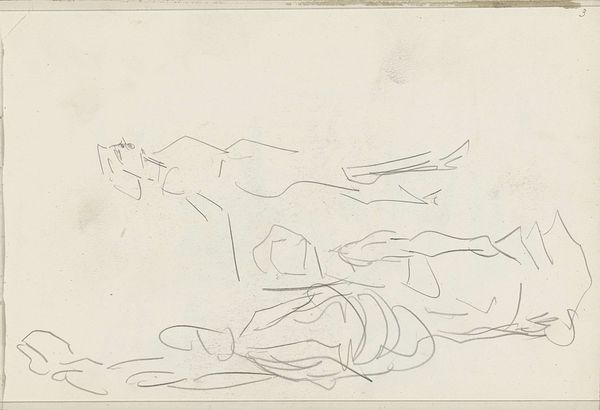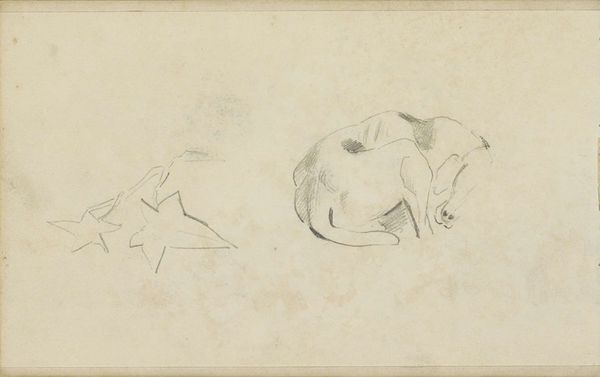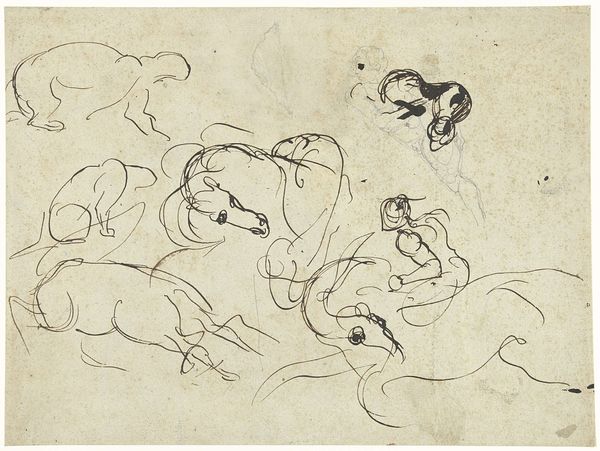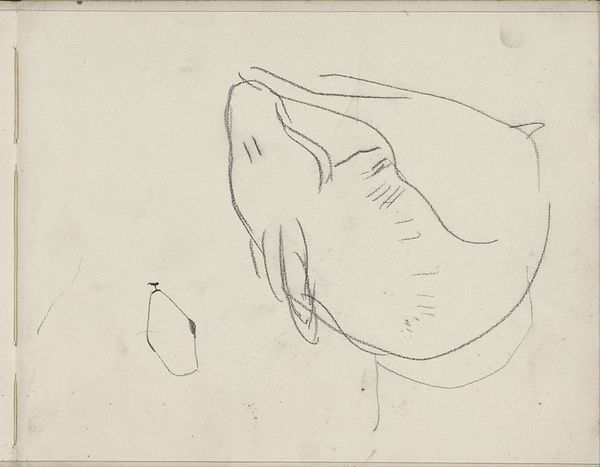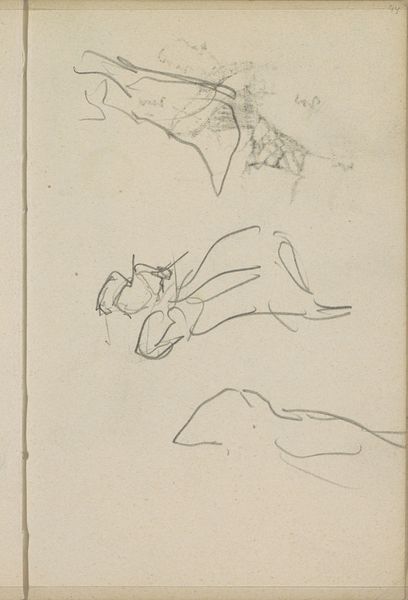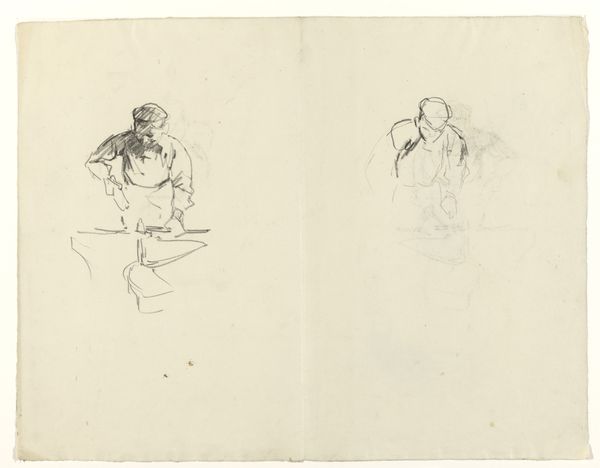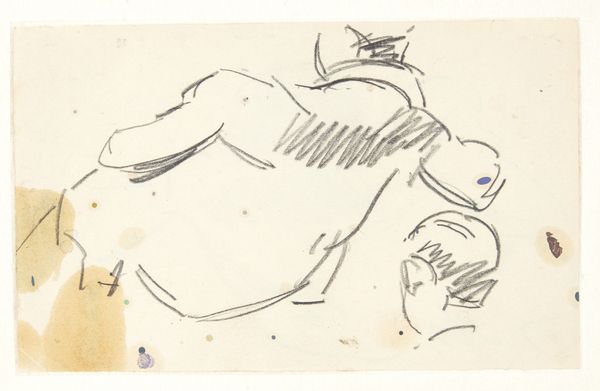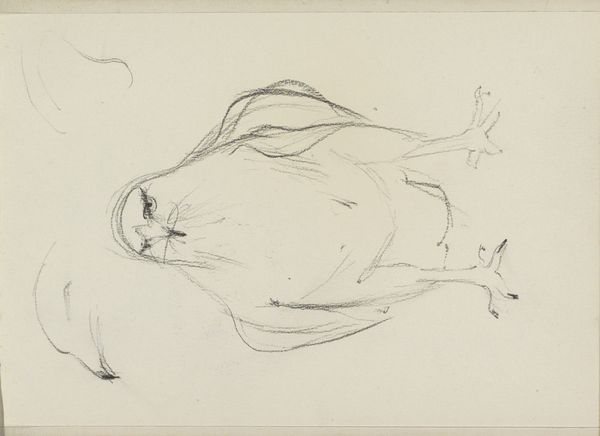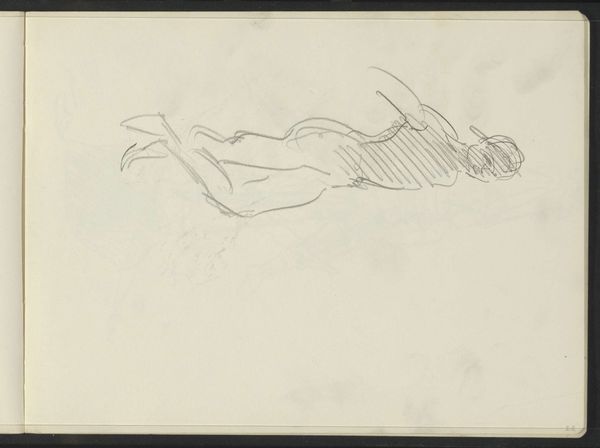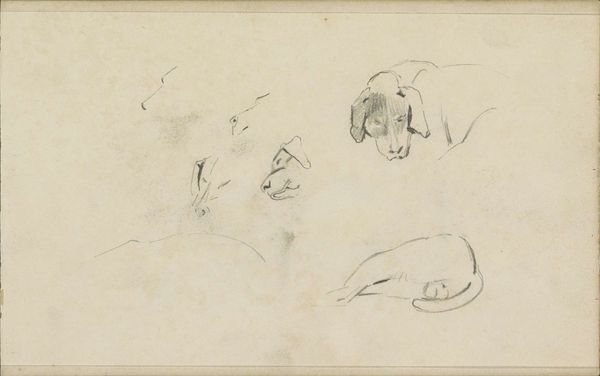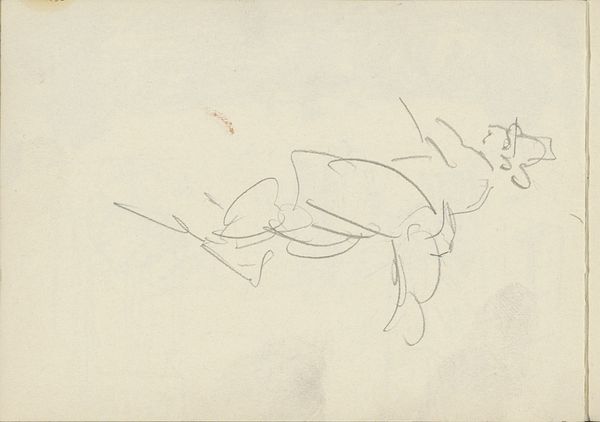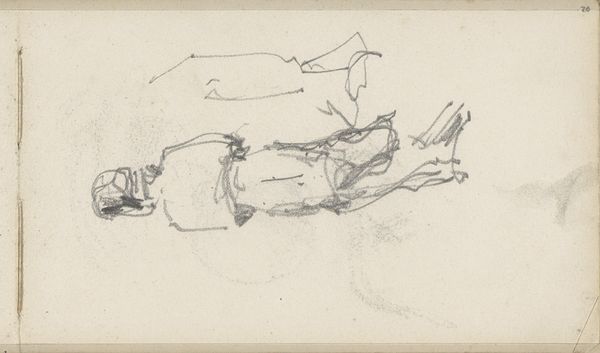![Sketches of Seated Figures and Chickens (recto), Nude Female Torso (related to the painting Te a no areois [The Seed of the Areoi]) (verso), from the Carnet de Tahiti (Tahitian sketchbook) by Paul Gauguin](/_next/image?url=https%3A%2F%2Fd2w8kbdekdi1gv.cloudfront.net%2FeyJidWNrZXQiOiAiYXJ0ZXJhLWltYWdlcy1idWNrZXQiLCAia2V5IjogImFydHdvcmtzL2M0ZjM0MzA5LTM3MTgtNDljZC1hOGZlLTY0MWI3ZWZkNmVmZi9jNGYzNDMwOS0zNzE4LTQ5Y2QtYThmZS02NDFiN2VmZDZlZmZfZnVsbC5qcGciLCAiZWRpdHMiOiB7InJlc2l6ZSI6IHsid2lkdGgiOiAxOTIwLCAiaGVpZ2h0IjogMTkyMCwgImZpdCI6ICJpbnNpZGUifX19&w=3840&q=75)
Sketches of Seated Figures and Chickens (recto), Nude Female Torso (related to the painting Te a no areois [The Seed of the Areoi]) (verso), from the Carnet de Tahiti (Tahitian sketchbook) 1891 - 1893
0:00
0:00
drawing, print, paper, pencil, graphite
#
portrait
#
drawing
# print
#
landscape
#
paper
#
personal sketchbook
#
ink drawing experimentation
#
pencil
#
graphite
#
post-impressionism
Dimensions: 108 × 167 mm
Copyright: Public Domain
Editor: So this is "Sketches of Seated Figures and Chickens..." or the "Tahitian Sketchbook," by Paul Gauguin, from the early 1890s. It's done in graphite, pencil and ink. The sketchiness, the casual groupings of figures and animals… it almost feels like a stolen glimpse of everyday life. How do you interpret this work? Curator: What strikes me is how these sketches serve as raw ethnographic documentation filtered through a distinctly Western, colonial lens. Gauguin arrived in Tahiti seeking an "untouched" paradise, a fantasy that deeply contrasts with the sociopolitical realities of French Polynesia at that time. Note the figure of the seated Tahitian woman: How might her representation be understood within the context of exoticism and the male gaze prevalent in European art? Editor: So it’s not just a simple capturing of life? Curator: Precisely. We have to ask: whose life is being captured, for whom, and at what cost? Gauguin's yearning for an idealized "primitive" society brushes over the lived experiences and cultural complexities of the indigenous population. Editor: That tension is really interesting. I guess I was viewing it as a simple observation, but now I see the layers of power at play. The sketch of a nude torso is particularly suggestive... Curator: Exactly. The fragment of a female torso immediately invites considerations about how Gauguin’s work contributed to a broader history of objectifying and fetishizing non-Western bodies. Are we complicit in this act of looking? How can we engage ethically with such problematic legacies? Editor: It is difficult, for sure. I definitely learned new ways of approaching and considering his work in social context. Curator: Absolutely. Analyzing the social fabric can deepen our engagement with this sketchbook and similar art pieces, inviting self-reflection and ethical accountability.
Comments
No comments
Be the first to comment and join the conversation on the ultimate creative platform.
